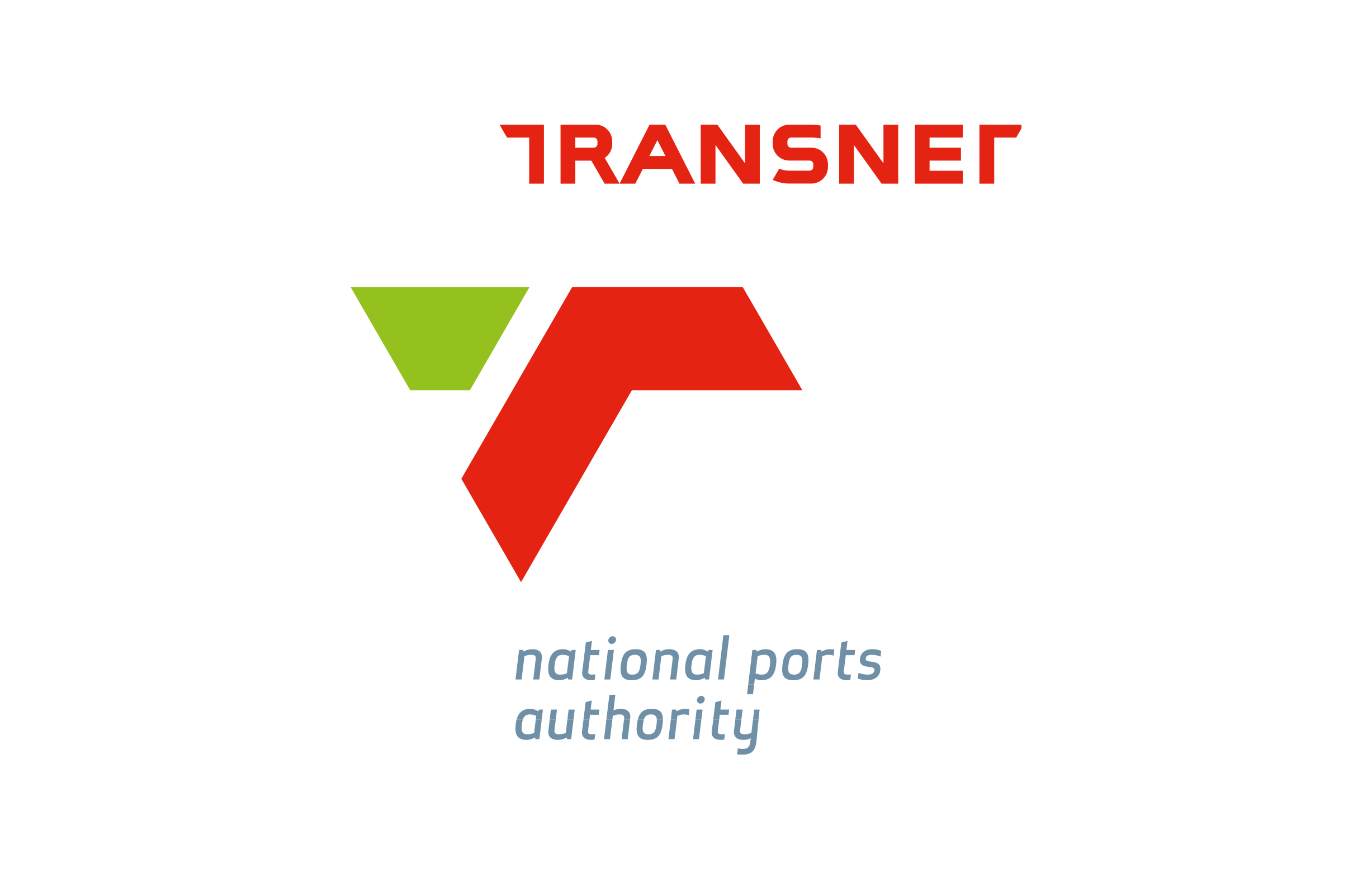Implementation
The port’s complex electrical system uses medium voltage (MV) circuit breakers from a variety of manufacturers, various power monitoring meters and protection relays, as well as synchronising relays and engine management controls. It is comprised of:
- Two separately located primary 33kV supply feeds from the municipality
- One 33kV ring main unit link as backup
- 33kV to 11kV transformers
- 33kV to 6.6kV transformers
- Four 2.5MVA diesel generators
- Ten power factor correction banks
- Feeders, bus couplers, regenerative cranes at the berths and more
TNPA chose systems integrator Convenient Software Solutions (CSS) to implement the extensive upgrade project because of the company’s experience and knowledge of the AVEVA ArchestrA technology, provided by IS³, and their local presence, which meant good support and access to professional services when needed.
CSS chose to continue with the IS³ | AVEVA solution set by adding System Platform based on ArchestrA technology and the real-time AVEVA Historian. This would not only integrate seamlessly with the existing InTouch systems but also ticked all the boxes of flexibility, scalability, centralised software engineering, redundancy and the enforcement of standards in TNPA’s list of system requirements.
Bearing in mind the key system requirements, the design phase included numerous meetings to establish and finalise the software structure, the network and communication layout, tag naming convention, the HMI and its navigation facilities, documentation requirements, security provisions, data logging and trending needs as well as alarm management.
“Using the agreed operational criteria, CSS then developed a thin-slice implementation as proof of concept,” says Transnet electrical engineer Johan Sauerman. “This helped to confirm that we were on the right track with respect to our overall design philosophy and that the inherent flexibility of the chosen solutions could meet our current control and information needs. Equally important was that the same solutions would meet our changing needs in the future with regard to the port’s planned expansions and increased complexity.”
“The system as it stands today is quite extensive,” says CSS systems engineer Warren Hofland. “It comprises 13 PLCs, 8 remote I/O drops, 3 servers, 13 SCADA control stations with local Application Object Server (AOS), 5 Historian Client stations, over 2000 physical I/Os and 65 SCADA/HMI screens.”
Software Toolbox’s TOP Server I/O suite is used to communicate with various equipment such as Schneider PLCs, deep-sea controllers, CAT engine control panels, GE protection relays, Landis and Gyr power meters, IFM vibration monitoring instrumentation and a Cogent OPC Datahub.
“We paid particular attention to redundancy as this was a critical requirement,” says Hofland. “40 km of redundant fibre optic network now links the key elements of the system such as the hot standby controllers and the redundant AOS peer network to 13 local stations which will fail over to the centralised AOS server in case of problems. ‘Store and forward’ functionality protects the data while a wireless VPN is used for the remote control and operation of MV switchgear and generators.”
The wealth of organised information available in the real-time Historian is designed to support operational decisions and in this regard, Transnet personnel were able to diagnose the past and plan for the future. “We have found immense value in using the historian client to access historical trend information for investigative and diagnostic purposes,” says Sauerman.
A project of this scale will naturally involve many players and this was clear from the start. So the goal was to keep one’s eye on the objective and to ensure that all the various contractors did the same while respecting one another’s contributions. “Change is always a challenge,” says Hofland. “The trick is to make it exciting rather than threatening by showing that end-user needs are truly being addressed through everybody’s collaborative contributions.”
Conclusion
Perhaps the most significant benefit of all for the TNPA is the peace of mind that the Port of Durban, the most important international import/export hub in the country, is now master of its own fate with respect to the reliability of its electrical supply. But, while the effect of power interruptions by the national grid has been reduced from hours to minutes, perhaps the wisest decision the TNPA took was to review their operational information and control infrastructure in its entirety and adopt a solution with the flexibility and scalability to deal with the port’s ambitious expansion plans.
Benefits
- Far more secure and controllable power supply to the port
- Secure remote access and switching of MV switchgear
- Centralised development environment greatly reduces solution deployment time and costs
- System capability to easily handle future port expansions
- Rapid data analysis through real-time reporting
- Fault finding down to the device level from any InTouch view station
- Accurate diagnostics enable operators to involve the right people the first time
- Remote VPN for faster service provider support
- Redundancy on historian SQL server using ‘Store and Forward’ function – provides guarantee of data trail





